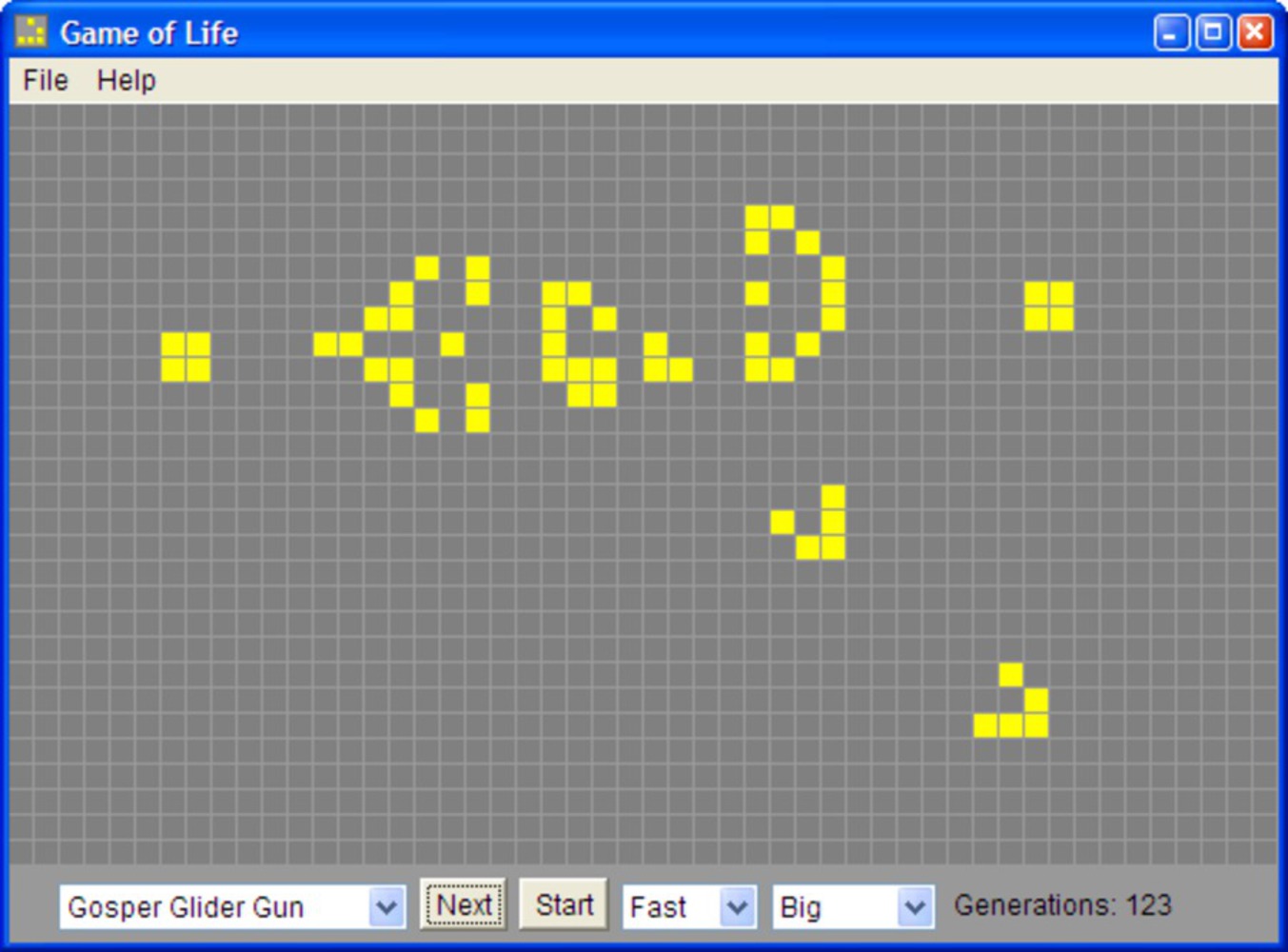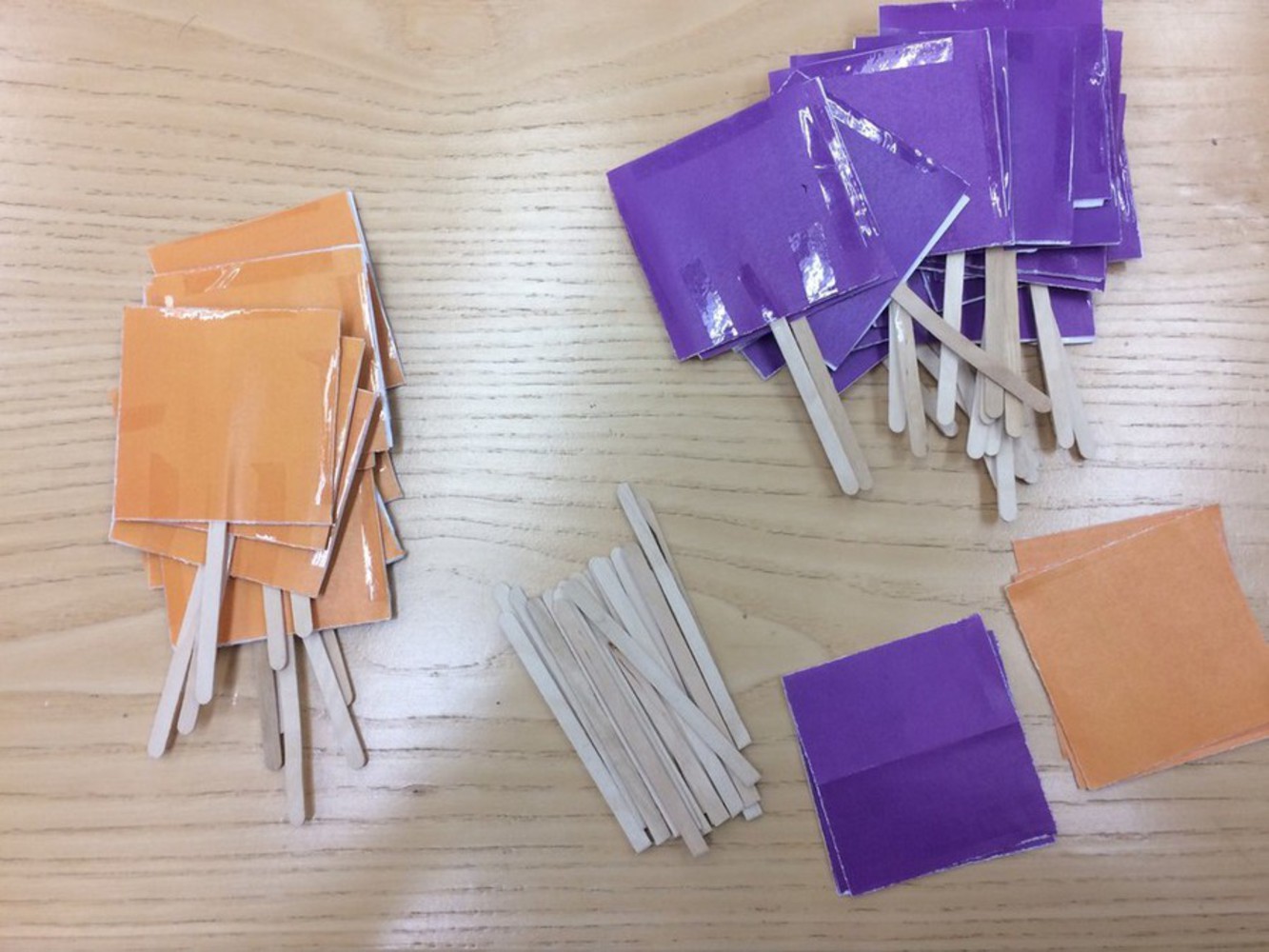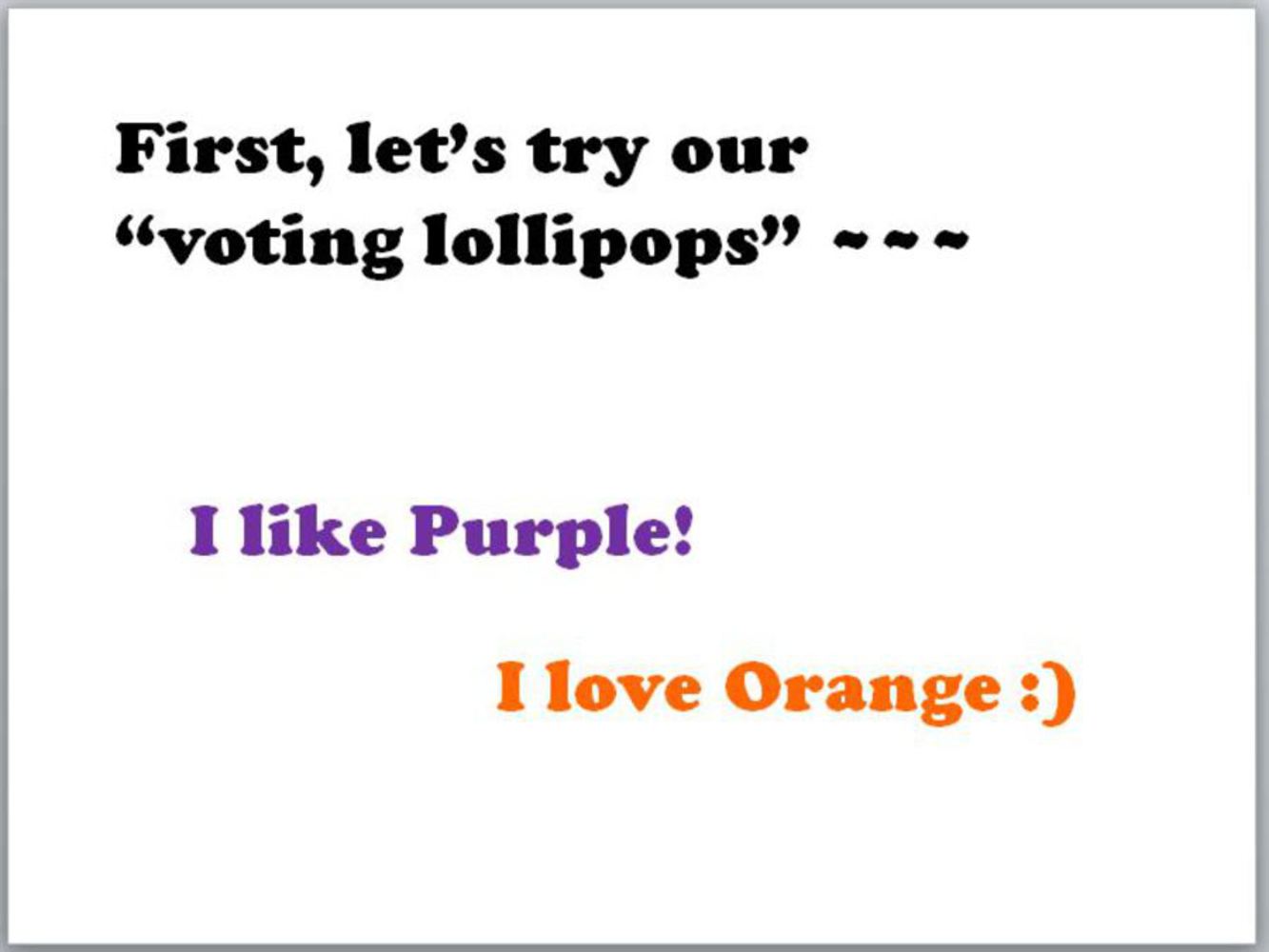Intention
Working off of our original idea, we wanted to bring some sort of performance to life in which the audience had the option of choosing which direction the performance would take. The goal was to create an interactive piece in which the audience would stay engaged by actively directing the performance. In creating a choose-your-own-adventure telephone call, we leave the audience with some uncertainty as to who the person on the other end of the line is in relation to the person who is directly performing. This hopefully helps the audience to maintain a keen interest in the "plot" of this performance, as well as the fact that they have the opportunity to influence the plot.
(We came up with the idea of a telephone call as one of our members will be absent on the day of performance; therefore, incorporating her recorded voice into our performance is sort of like her "telepresence").



